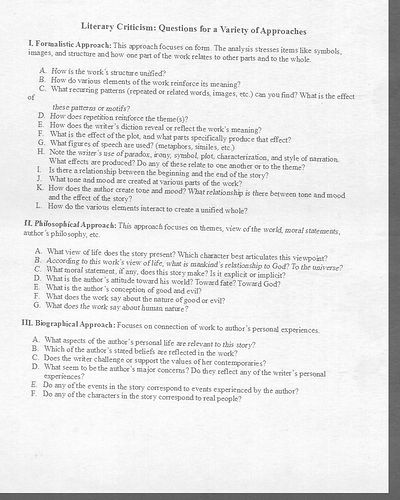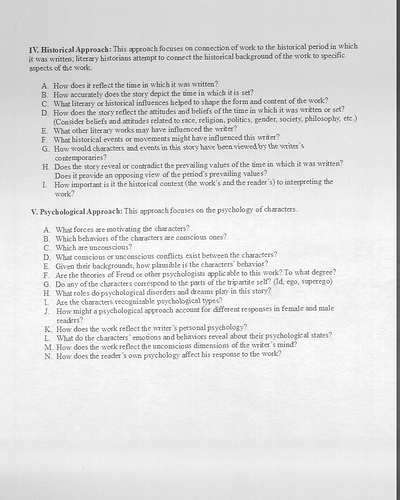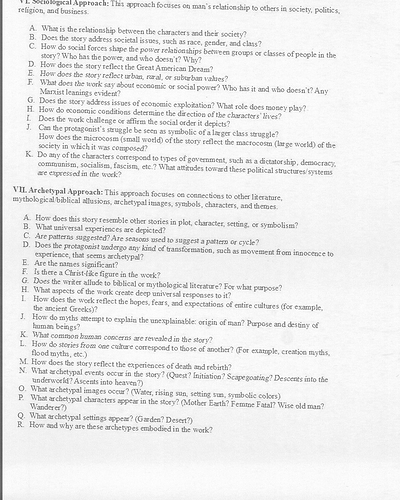The narration puts forward the initial claim that the world around Mario is breaking down, causing much trouble for him, yet the initial scenes are placid and mostly devoid of affectation or detail. Mario is alone on the question block, isolated.
The first thing to break down in the piece isn’t the world, but the narration, which begins to become stilted as we flash back to Mario, where the background begins to change and grow chaotic. Mario falls from the block.
I propose that it is not the world that is breaking down around Mario, but it is Mario himself which is breaking apart. He falls through the chaotic clouds onto a seemingly stable platform, a moment of respite in his growing madness before he walks off, across an increasingly distorted landscape as his thought processes grow more disjointed, reflecting the world and music around him.
Mario continues along in this fugue state until he finds himself alone on a new platform staring into the face of his old enemy, the least of his foes, the Goomba, standing in for the valued 1-Up Mushroom. Mario desires a new life, but he knows this new life is impossible.
Mario travels with the Goomba, embracing his mortality, to the “Rave” which he enters and finally begins breaking down, while watching a perverted approximation of the first video game, Pong, his precursor. A game long obsoleted and only viewed as having historical value in this modern era.
He is obsolete, and accepts it, and gives in to his fate. Mario confronts his own face, which begins to distort, and break apart, and his from glitches into unrecognizable pixels.
Mario, as he once existed, is gone. The music swells and returns to something similar to its original motif at the beginning of the story. Much like a child, Mario has lost something intrinsic and reverted to a smaller, simpler, and weaker form. But the world is as we would normally recognize it.
The world has not changed. Mario has. I do not profess that this is a metaphor for Mario’s death, but instead of a great change in his life that he has come through, wholly changed. Much like the tarot card Death represents transition, Mario has transitioned to a new state.
A question I would like to pose to the class:
The title, Super Mario Bros. Movie, only contains Mario Mario, himself. The titular other Mario Brother (Luigi Mario) is notably absent. What do you think is the significance of this omission?
![Cory Arcangel - Super Mario Movie [HD]](https://d1f06i8bb2eer3.cloudfront.net/original/3X/5/f/5f41675de4e91fb94cb5019249fa3eccdba08da4.jpeg)



